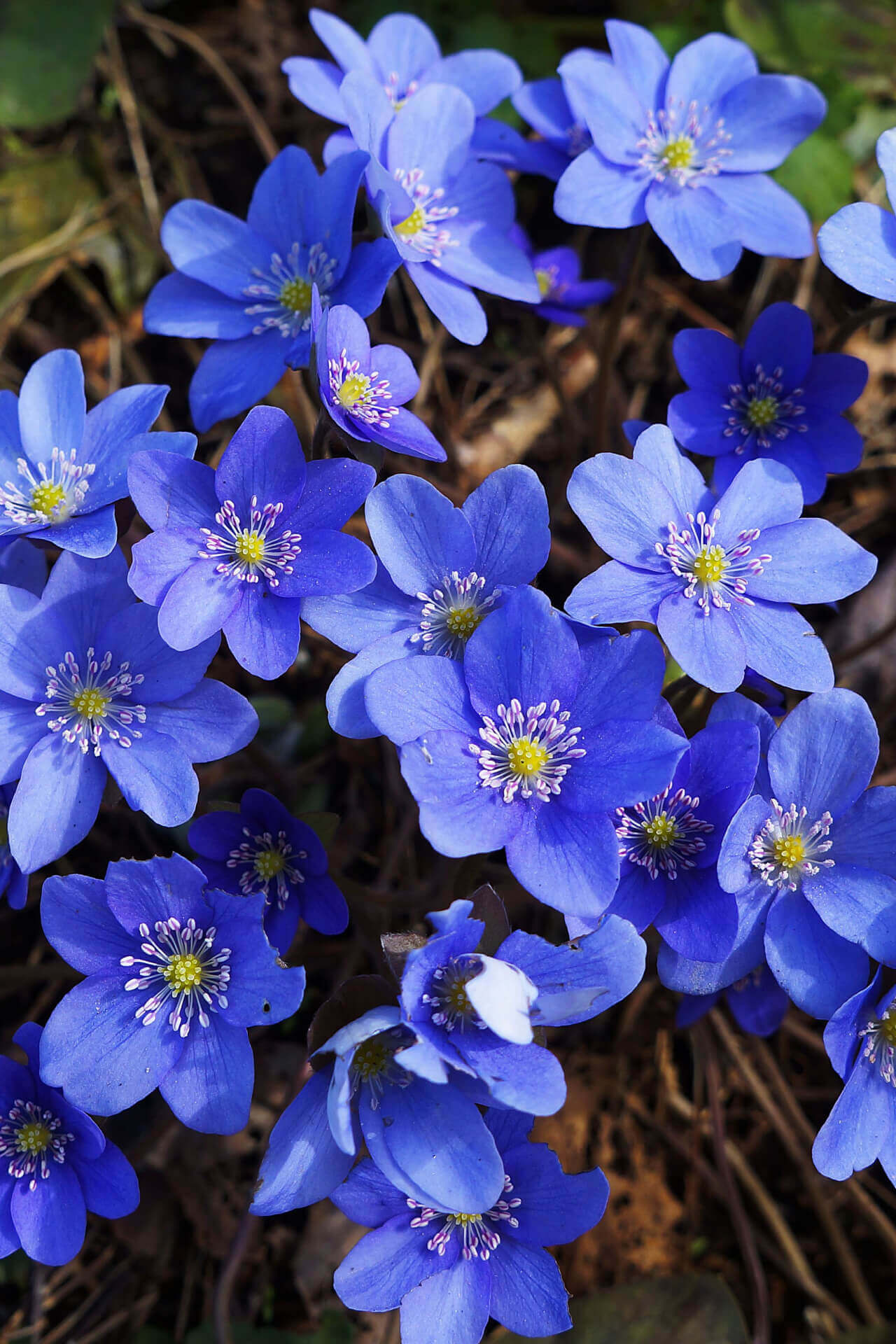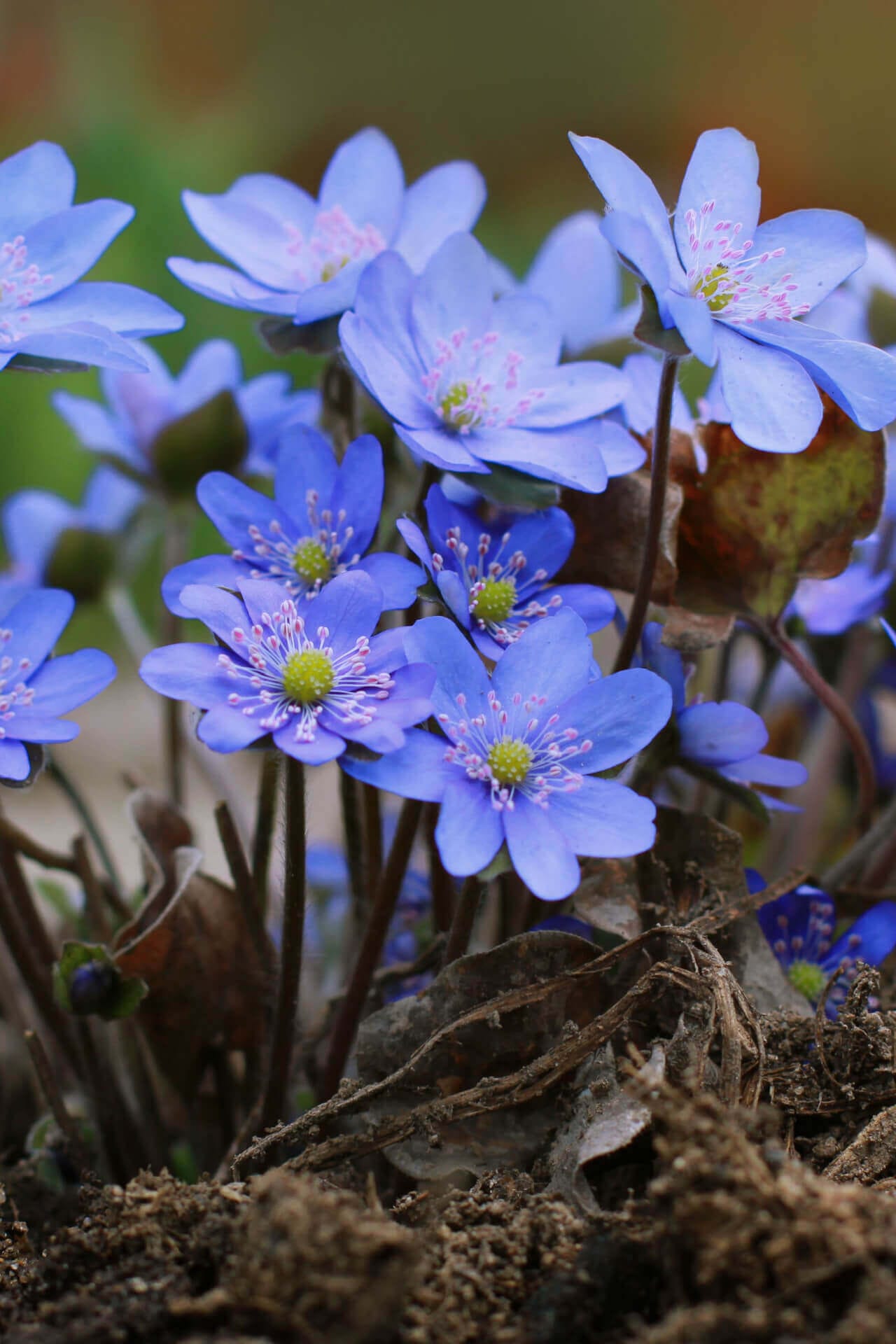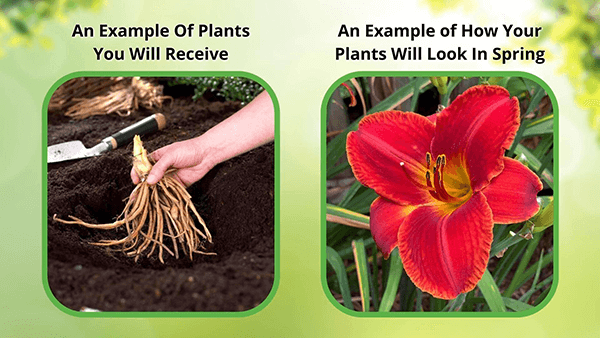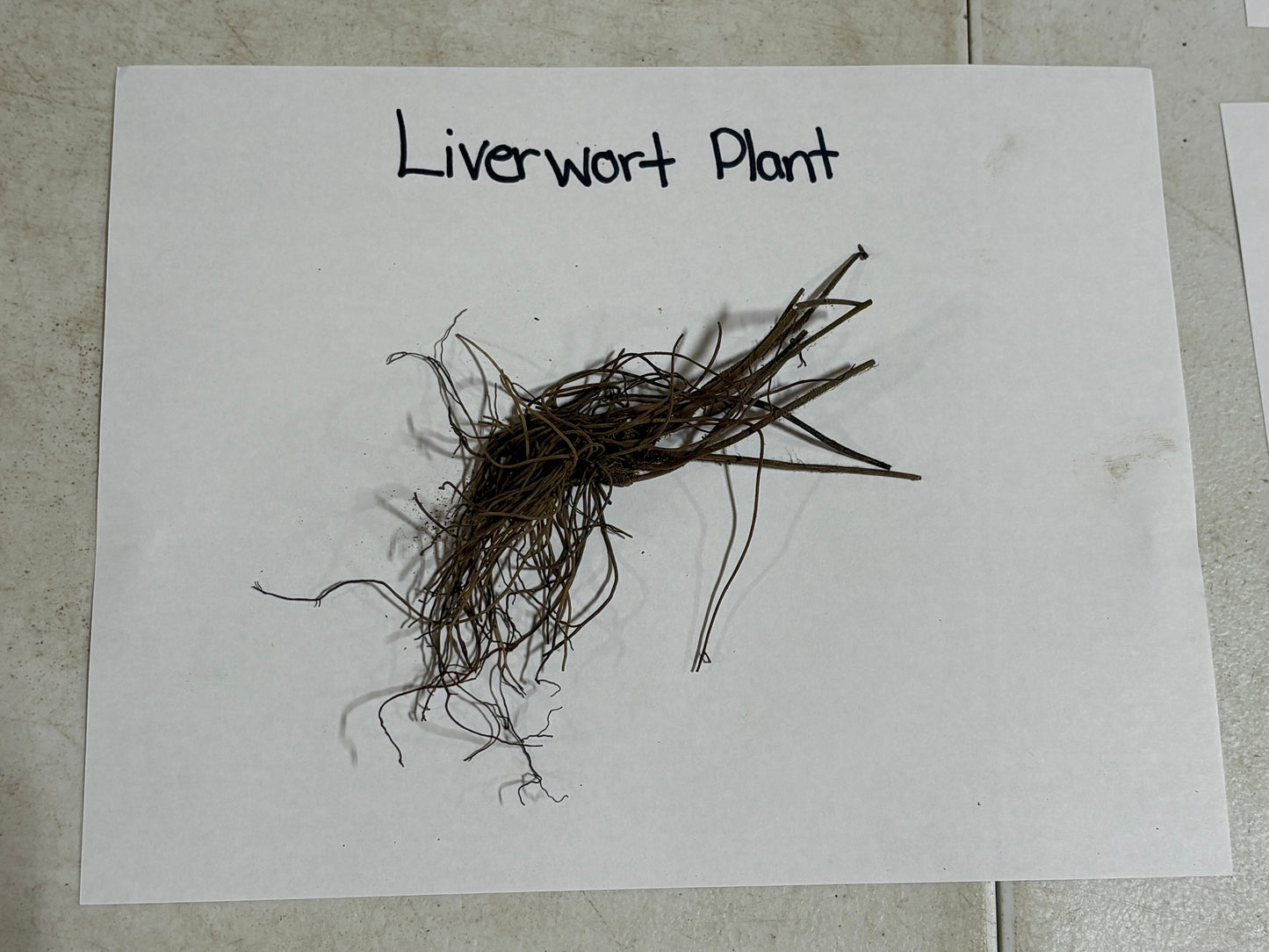Hepatica Liverleaf
Couldn't load pickup availability
Ships 10-12 Days
Roundlobe Hepatica - Hepatica
Hepatica is a beautiful, small plant belonging to the Ranunculaceae family. It is also known as liverleaf due to its three-lobed leaves, which resemble the shape of the human liver. The plants are native to temperate regions of the northern hemisphere, including North America, Europe, and Asia. Several species of it have different flower colors and sizes. Still, they all share similar characteristics.
Appearance
The plants are typically low-growing, perennial herbs that can reach a height of 6-12 inches. The leaves are evergreen, leathery, and divided into three lobes, often tinged with purple or bronze. The flowers bloom in early spring, usually before the leaves appear. The flowers are solitary, cup-shaped, and range in color from white to pink, blue, or purple. The petals of the flowers are often veined, giving them a unique appearance.
Cultivation And Uses Of Hepatica
The plants prefer moist, well-drained soil and partial to full shade. They can be propagated through seed or division and quickly grow in a woodland garden. The plants are commonly used for ornamental purposes due to their beautiful flowers and foliage. Plants contain various bioactive compounds, including saponins, flavonoids, and alkaloids, which have been shown to have anti-inflammatory and analgesic effects.
Symbolism
Besides its medicinal uses and ornamental value, the plant has symbolic meaning in various cultures. In Japanese culture, it is known as the "harbinger of spring" and symbolizes new beginnings and renewal. In European folklore, it was believed to have magical powers and was used in love spells and potions. In some Native American cultures, it was a healing symbol used in various healing rituals.
Benefits
It is a fascinating plant with unique characteristics, ornamental value, and cultural significance. Whether you're a gardener, a herbalist, or simply an admirer of nature, it is a plant worth exploring. Its delicate flowers, evergreen foliage, and symbolic meanings make it a beautiful and intriguing plant.
It is an evergreen suitable for hardiness zones 3 through 7. The woodland perennial reaches 8 inches high and 9 inches wide, with the first blooms appearing in early spring and persisting through late spring to early summer.
Although the flowers are just an inch across, the layered petals make the blooms look striking. Flowers usually have two layers of red, pink, or lavender petals topped by delicate yellow and white stamens. The accompanying leaves have a leathery texture, three deep lobes, and are liver-shaped.
Each flower grows on a slender, deep brown stem, and the stem and underside of the leaves are hairy. As a winter-hardy plant, blooms occasionally appear as late as mid-winter. Wet, loamy, and clay soil types are well-tolerated, and the adaptable plant easily adjusts to drier soils and sunny areas.
Plant it in an area with spotty sunlight and well-draining, moist soil. Although it self-propagates, hardy plantings can be divided before new growth appears in spring. It is an excellent choice for woodland plantings, native gardens, flower gardens, and mass plantings.
The deer-resistant plant attracts pollinators in wildlife gardens, and its compact size is perfect for filling smaller, shadier spaces in parks and uncultivated areas of the property. In spring, its flowers are among the first blooms to brighten the landscape with fresh color.
The plant's evergreen foliage is gorgeous in bare winter landscapes when the leaves become deep burgundy. The burgundy leaves become mottled with deep green the following spring, giving plantings richer, deeper color.
This plant is a low-maintenance plant that requires little care. The hardy, adaptable flower proliferates and spreads rapidly after it is well-established. After planting it, allowing it to grow undisturbed is often recommended for abundant reproduction and healthy plant growth.
This Is How Your Plants Will Look upon Delivery
Shipping date depends on the date displayed and chosen when you order from the product's page.
We do not offer warranties on products after 5 days past receiving your plants.




I’m sad to say that my first order of the hepatica plant, I believe to be dead only due to my lack of attention to its preferred habitat. However, my second order arrived and actually had leaves on them still and they are off to a great start! I’m excited to see the flowers!!
Very prompt service, bare root plants arrived in good shape.
I'll be planting them this week since the planting bed is finally ready for planting.
Healthy and well packaged. Thank you for the generous number of bonus plants
Love the beautiful purples! So very bright
Cinthia, we’re really grateful and appreciate you taking the time to share your rating with us. You made our day! We look forward to making your day again real soon.






